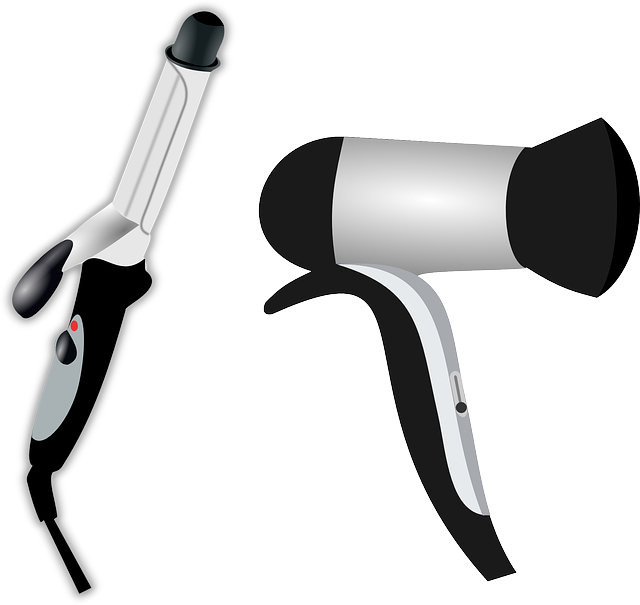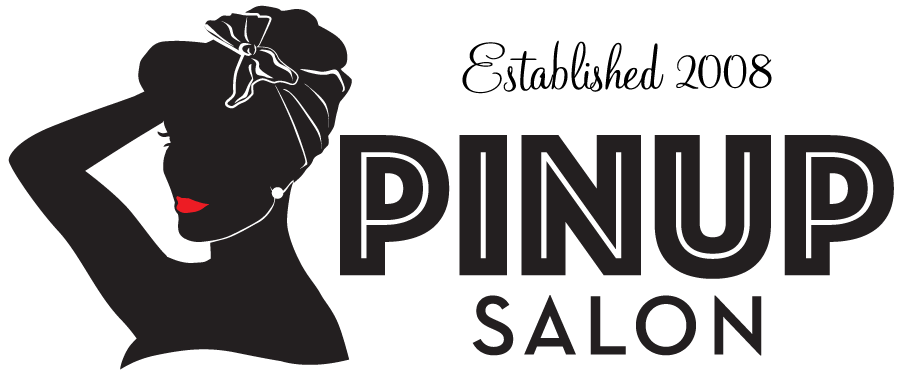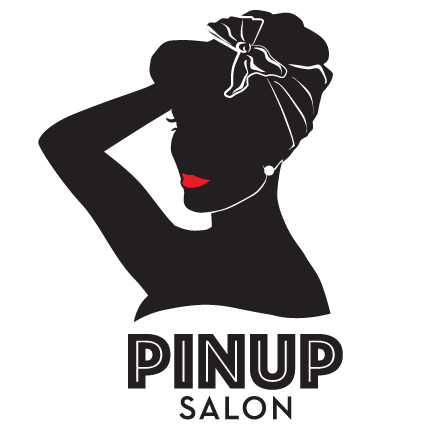
Can’t Take the Heat? Get Your Hair Outta the Kitchen!
As much as we love how our straighteners and curling irons give us that perfect smooth and straight hair, or those sexy corkscrew curls, heat and chemical damage to hair can be irreversible. Understanding the physical and chemical structure of your hair can help you to make better decisions regarding when and how much heat to apply to your hair, as well as some strategies to protect and nourish your hair.
The hair shaft is actually a quite delicate hollow structure. It consists of 3 layers; the outermost protective cuticle, the middle cortex, and the innermost medulla. The cortex and cuticle provide the protective layers for the air and water-filled medulla. The smooth cuticle, when healthy, is what gives hair its shine. Hair damage occurs when those outer layers are compromised through either excessive heat or over processing with chemicals.
Other than avoiding heat completely or never coloring your hair, what is a girl to do?
If your hair is already dried out and brittle, sometimes the only answer is to go for the big chop, cutting off the damaged hair and allowing new, healthy hair to grow in. This is especially the time to pay attention to how you can make changes in your styling practices and diet for the best results for healthy, vibrant hair, avoiding damaged hair occurring again in the future.
Remember that just as your skin needs moisture for health, so does your hair. Moisture keeps your hair nourished and protected. Make sure that a weekly or even bi-weekly deep conditioning treatment is a part of your beauty regime. Also, when you schedule your hair appointment, ask for extra time to allow us to provide some hair repair and protection with our deep condition treatment. Talk to your stylist at Pinup about some of our wonderful moisture-enhancing products that will nourish and protect your hair.
In addition to applying moisture externally, various vitamins and nutrients found in our diet and supplements can impact our hair and skin. Some moisture-encouraging nutrients to target:
- B-Vitamins: Important to restore shine and thickness to your hair, biotin, cobalamin and niacin are examples of important B-vitamins. Find these in eggs, avocados, whole grains, and legumes.
- Zinc: This hair growth mineral is especially important for those who exercise heavily and sweat, since doing so loses significant amounts of zinc. Target pumpkin seeds, lamb, and turkey for more zinc in your diet.
- Vitamin D: an important vitamin for the health of your hair follicle is also beneficial for those suffering from eczema. Great sources of vitamin D are beef liver, salmon, mushroom, and whole grains.
Remember that hair that is already damaged is lacking the protection in the cuticle. Back off of your heat styling with a different cut that allows a great new look without the heat. Tricks to avoid getting to that irreversibly damaged point can include incorporating “no heat” hair styles in your weekly repertoire, allow your hair to go a bit greasy on days when you can stay in, and not shampooing quite so frequently.
Safer styling tricks should include not only rest days from heat, but also proper use of straighteners and curling tools. Teflon coated tools are less likely to dry out your hair, as well as keeping your irons cleaned of burnt hair buildup. Use of a heat protectant product also goes a long way in protecting your tender locks.
Make sure your hair is not damp when heat styling since that can cause steam damage and cracks the walls of the medulla as well as damaging the cuticle, causing visible dry and brittle hair.
Color treated hair is also more susceptible to damage, so talk to your stylist about ways to extend time in between visits with semi-permanent colors or going with a color that is closer to your natural color to help the “rooty” grow-out less obvious, allowing more time in between visits.
As we age, our hair gets thinner is more susceptible to damage, so it is especially important to have a hair protection strategy in place. Don’t wait until serious damage has occurred to adopt some of the tricks described here. Doing so will help avoid having to go with a radical chop and will keep your hair healthy and happy in the long run.
Featured photo source: Pixabay.com.



